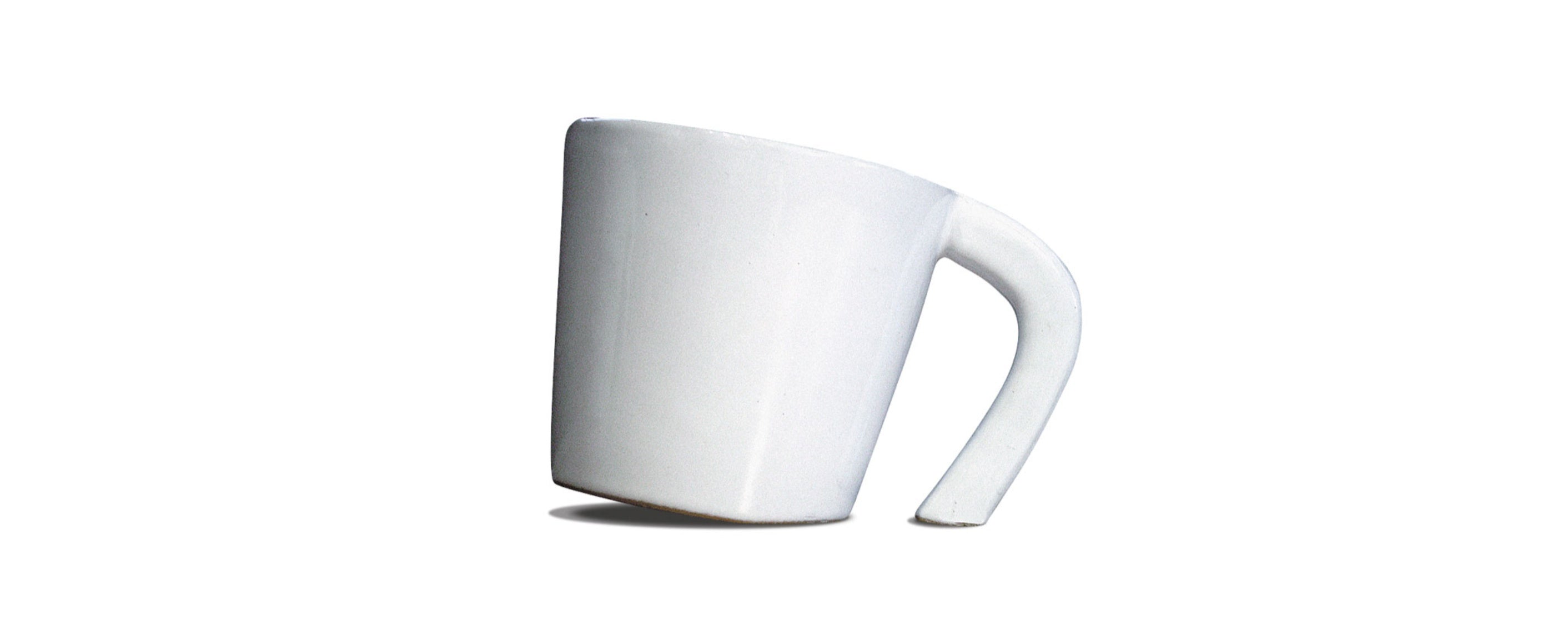A few words about universal design
Michal Maciukiewicz

A few words about universal design
Michal Maciukiewicz
Designer, Lecturer....
In 2024, no one needs to explain to anyone that inclusion in design is not a fad, but a new approach to thinking about products, spaces, and all the solutions we encounter. Despite the widespread awareness of this fact, we cannot expect that the world around us will become completely accessible to people with different abilities overnight, and that previous neglect will be immediately remedied. Designing for a world without barriers is a process that will undoubtedly take us some time, and education plays a key role in it.
The topic of universal design is increasingly being taken up by both educators and designers, and over the last decade we have undoubtedly done a lot to popularize this idea and improve design processes. On the basis of this, quite a lot of new design methodology and industry literature has been created, which effectively support designers creating accessible solutions. At universities, and especially in design courses, subjects devoted to universal design are included in the curriculum. Numerous cooperations with the socio-economic environment and programs financed from EU funds provide the necessary fuel in the form of financing for these activities, and it seems that we are getting closer to achieving a new standard of design, which returns to the roots of design focused on the needs of humans, without evaluating which percentile in ergonomics they represent. Or maybe we believe in it because it is more convenient for us?
One of the most serious threats to the adequacy of designed products to human needs is basing them on our own experiences and, as a result, omitting the perspective of the people for whom we are designing. Even an attempt at empathy by imagining how people with disabilities function is a certain negligence in the art of design, because, for example, when we close our eyes, we will not feel like a person who was born without the sense of sight. How can we design a space without knowledge of its perception by people who understand it in a completely different way? According to the principle "nothing about us without us", universal design becomes universal only when the design process itself is inclusive and assumes the participation of those whose barriers we want to overcome. Fortunately for us - designers - people with disabilities are one of the best groups of users that we can imagine for cooperation. Not only are they willing to share their perspective and experiences with designers, but they are also willing to engage in the process by testing and evaluating solutions. Universal design is by its nature an iterative process that must assume testing solutions in real time by the widest possible group of respondents, and that is when it is most effective. But in order to include these people in the design process, we must also remember to plan it in such a way that it does not create barriers in itself and is as accessible as possible. This is why universal design is also called design by people for people, because design begins with people and ends with people.

